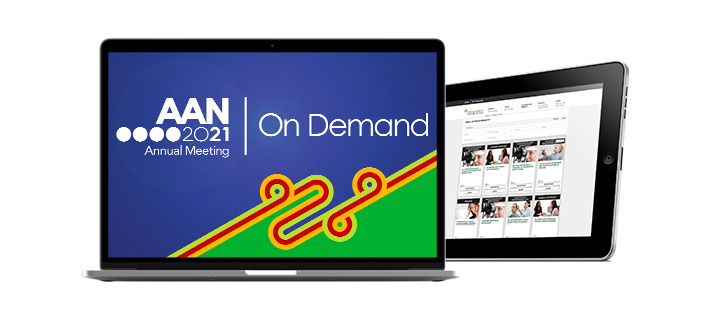

For example, improving from a baseline of 1.0, to 1.5, would represent a 50% improvement in learning. If these are the first sessions an individual has performed, it provides an ‘Initial Baseline’ – a reference to cognitive condition but the effects of training kick in, and also a starting point from which learning rate can be measured with further training.Ī ‘Current Baseline’ is based on the last three sessions an individual has completed, which can be used to show learning effects when compared to an initial baseline. Typically 3 sessions are used to establish a cognitive baseline, which requires around 20 minutes of NeuroTracker training. They also correlate with many areas of human performance, for instance, one study showed that score predicted on-court performance statistics of NBA players across a season.įinally, they are known to clearly differentiate certain populations, for example showing that older and younger people have lower scores than young-middle aged adults, that elite athletes have superior scores and learning rates to non-athletes, and that people who have cognitive conditions such as neurodevelopmental disorders have lower scores than healthy people.

This requires viewing at a specific distance to the 3D display relative to its size so that a consistent field of view is experienced each time. In effect, it represents an upper limit for 3D Multiple Object Tracking speed.Īlthough the task is a virtual simulation, the speed of the balls represents a real-world speed across the user’s field of view, measured as 68 centimeters-per-second at speed 1.0.

This means that when the targets reach that speed, the individual’s ability to maintain track of them will typically start to break down. The speed threshold calculations also provide the result for each NeuroTracker session, based on data from key trials.įor example, a NeuroTracker session score could be 1.5. NeuroTracker quickly zones into what is called a ‘speed threshold’ – the level at which you can track all the targets successfully around 50% of the time. Speed is the critical element for adapting cognitive load to each individual optimal training level.


 0 kommentar(er)
0 kommentar(er)
